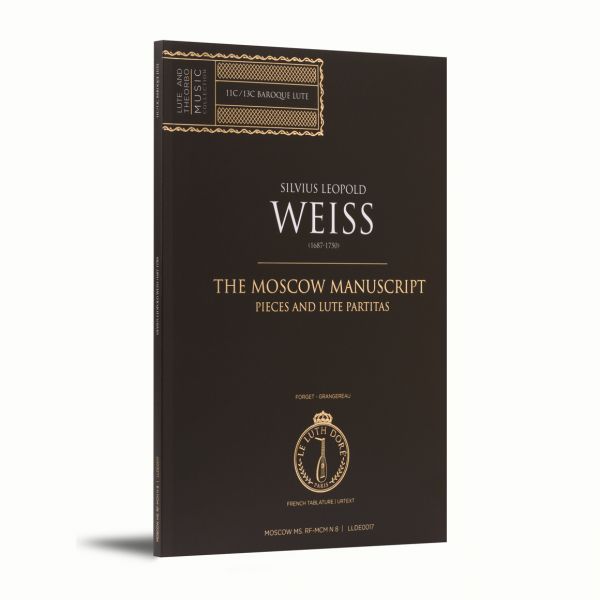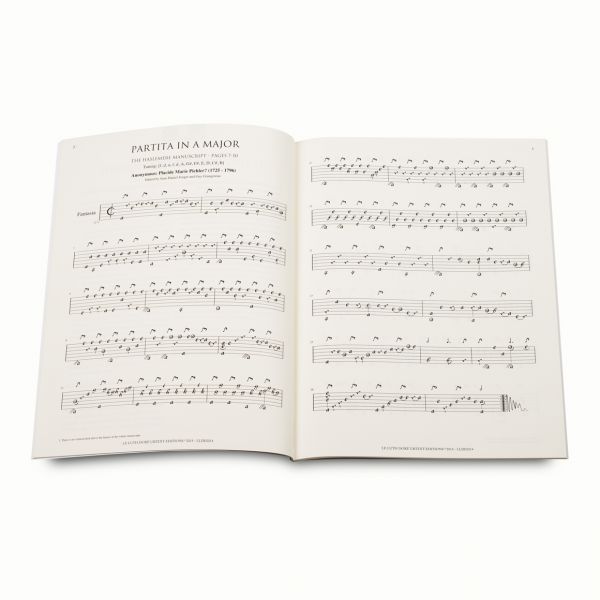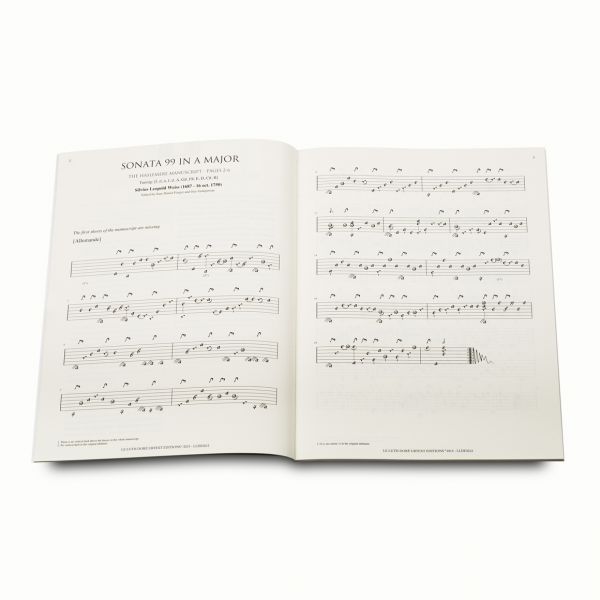I. Background Material
1. Historically inspired performance
1.1 The Improvisatory Tradition 1
1.2 Instruments, repertoire and tablatures 2
1.3 Rhetoric as a guiding principle 11
1.4 Consonance and dissonance 16
1.5 Phrasing, articulation, punctuation, emphasis 16
1.6 Rhythmic inequality 19
1.7 Tempo modification 25
1.8 Passagework 26
II. Introduction to Anatomy & Biomechanics
2. An exploration of movement
2.1 General considerations 30
2.2 Bones and joints 32
2.3 Muscles 40
III. Preparing to Play
3. Practicing, making the difficult feel easy
3.1 Mental imagery and processing 45
3.2 The brain 46
3.3 Motor performance and learning 47
3.4 Mental training 48
3.5 Repetition and ‘muscle memory’ 49
3.6 Tactus & Time
3.7 The present moment
3.8 Breathing
4. Body warm-ups
IV. The Renaissance Lute
5. Tuning & holding the lute, right-hand exercises
5.1 Fretting, tuning and stringing the lute 58
5.2 Observing the right hand 59
5.3 Holding the lute 60
5.4 Single voice play: right hand only 63
6. Left-hand exercises & pieces
6.1 Single voice play: left hand only 77
6.2 Right and left-hand together 82
6.3 Melodic fragments 85
6.4 Complete melodies 88
6.5 Practice routine 102
6.6 Velocity training 102
6.7 Body movement while playing 103
6.8 Mode 103
6.9 Melodies in Italian Tablature 105
6.10 The Gamut 109
7.1 General 116
7.2 The Appoggiatura 118
7.3 The Mordent 118
7.4 The Trill 119
7.5 The Turn 121
7.6 The Double Fall or Slide 121
7.7 The Tut 121
7.8 The Arpeggio 121
7.9 Vibrato 121
7.10 Grace notes and signs used in this book 123
7.11 Practical application of graces 125
8. Two-voice music
8.1 General 127
8.2 Thumb technique 1: with arm movement 127
8.3 Thumb technique 2: without arm movement 133
8.4 Two-voice music with open basses 136
8.5 Two-voice music with fingered basses 141
8.6 Advanced two-voice play and counterpoint 147
9. Advanced shifting
9.1 Exercises for shifting 158
9.2 Pieces with shifts 160
10. Multi-voice music
10.1 General remarks 164
10.2 Three-voice exercises 164
10.3 Pieces that include three-voices 169
10.4 Bass courses with rest-stroke 177
10.5 Four-voice exercises 178
10.6 Playing chords of more than four voices 181
10.7 Bar chords 182
10.8 Typical lute chords 184
10.9 Multi-voice music 185
11. English pieces in facsimile 211
12. The 10-course lute
12.1 Right-hand technique in transition 222
12.2 Modern times 224
12.3 Exercises 225
12.4 Music by Robert Ballard 232
12.5 Music by Nicolas Vallet 234
12.6 The new Italian style and music by Giovanni Kapsperger 237
V. Supplement
13. The archlute
13.1 Exercises and chords 242
13.2 Music by Pietro Paulo Melii con discrezione 244
13.3 Music by Alessandro Piccinini 248
13.4 Music by Giovanni Zamboni 251



















































